Nine of Britain's most beautiful staircases, as seen in the pages of Country Life
Elevate yourself with our round up of photographs from the Country Life Image Archive.

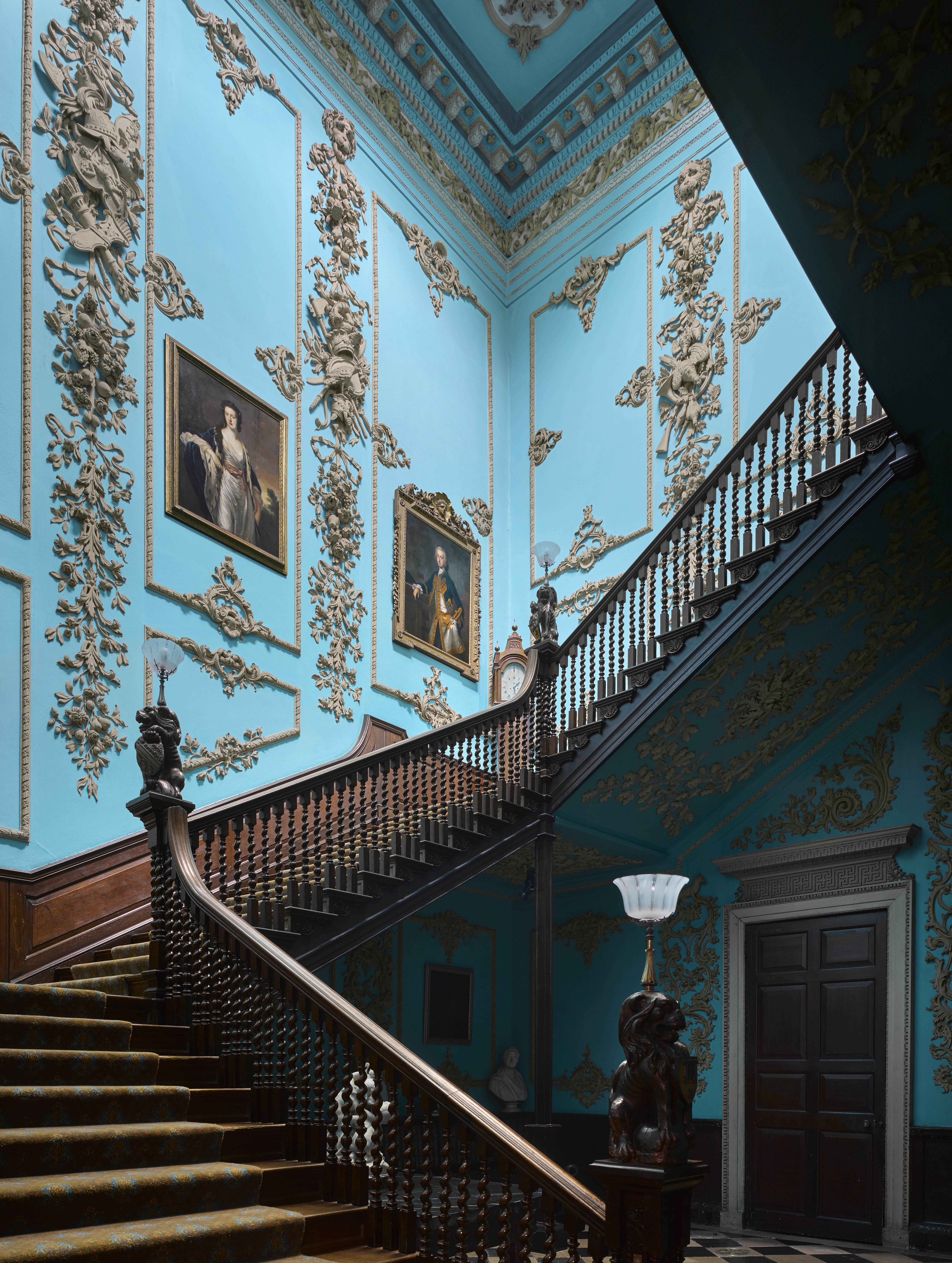
Even before the concept of a second floor was conceived, humans had created stairs — stepped ways of elevating oneself to a loftier position.
As with all forms of architecture, they have evolved over time, transitioning from mere function to works of art and/or feats of engineering. A favourite prop of theatrical set designers and moving-picture directors, staircases have featured some of the most iconic scenes — Norma Desmond, we are looking at you.
The Country Life Image Archive holds hundreds of thousands of images of the most important architectural gems the United Kingdom and Ireland have to offer. Within these sets of photographs are always staircases. They never disappoint.
Here are some favourites from an impossibly wide selection.
The Tulip Stair, The Queen’s House, London
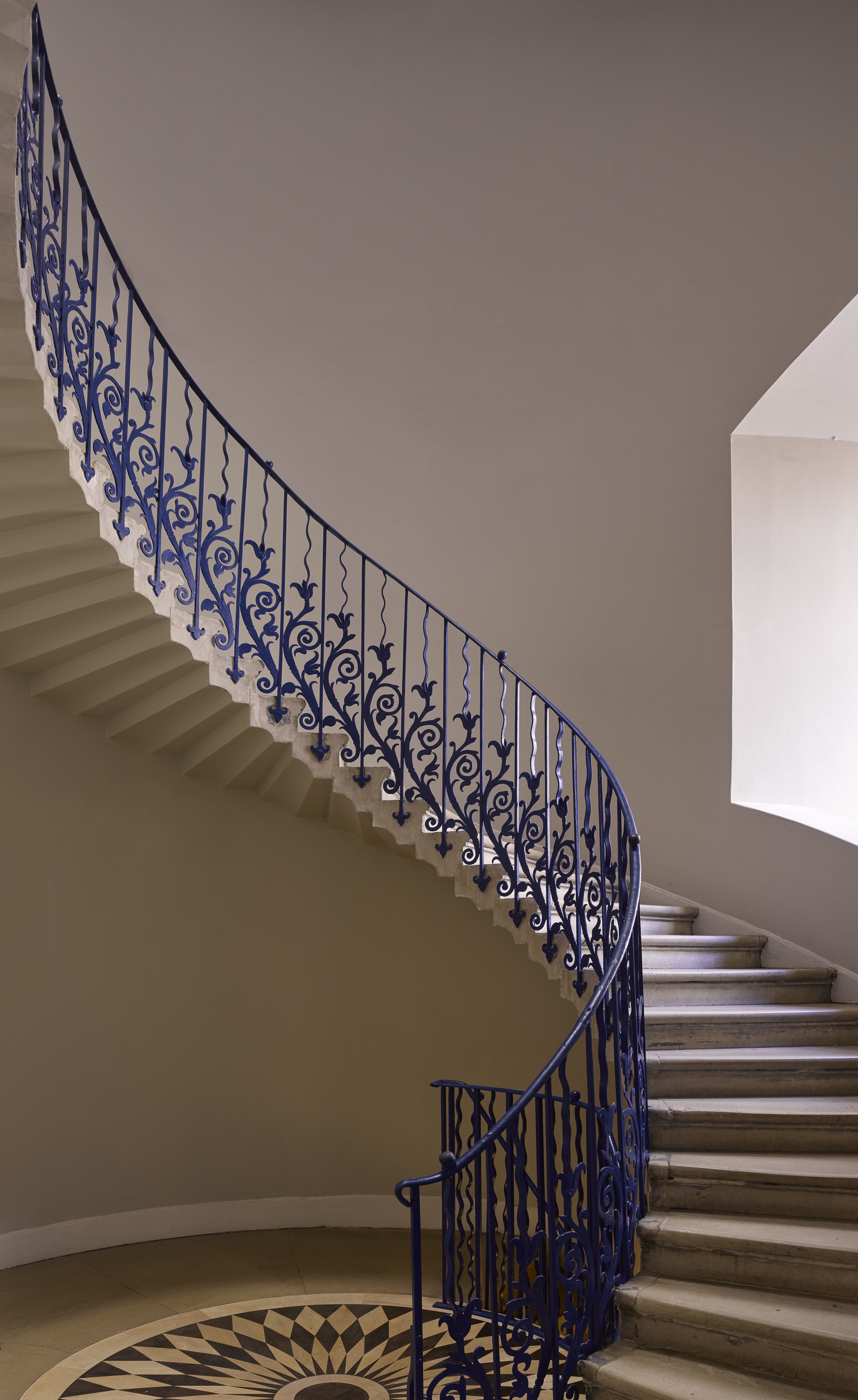
Built between 1616 and 1635, The Queen’s House at Greenwich is considered to be the first Classical building commissioned and built in the United Kingdom. It was Inigo Jones’ first commission after returning from a two-year Grand Tour. The Tulip Stair, pictured here, painted in William and Mary blue, is the earliest centrally unsupported spiral staircase in England.
Highclere Castle, West Berkshire
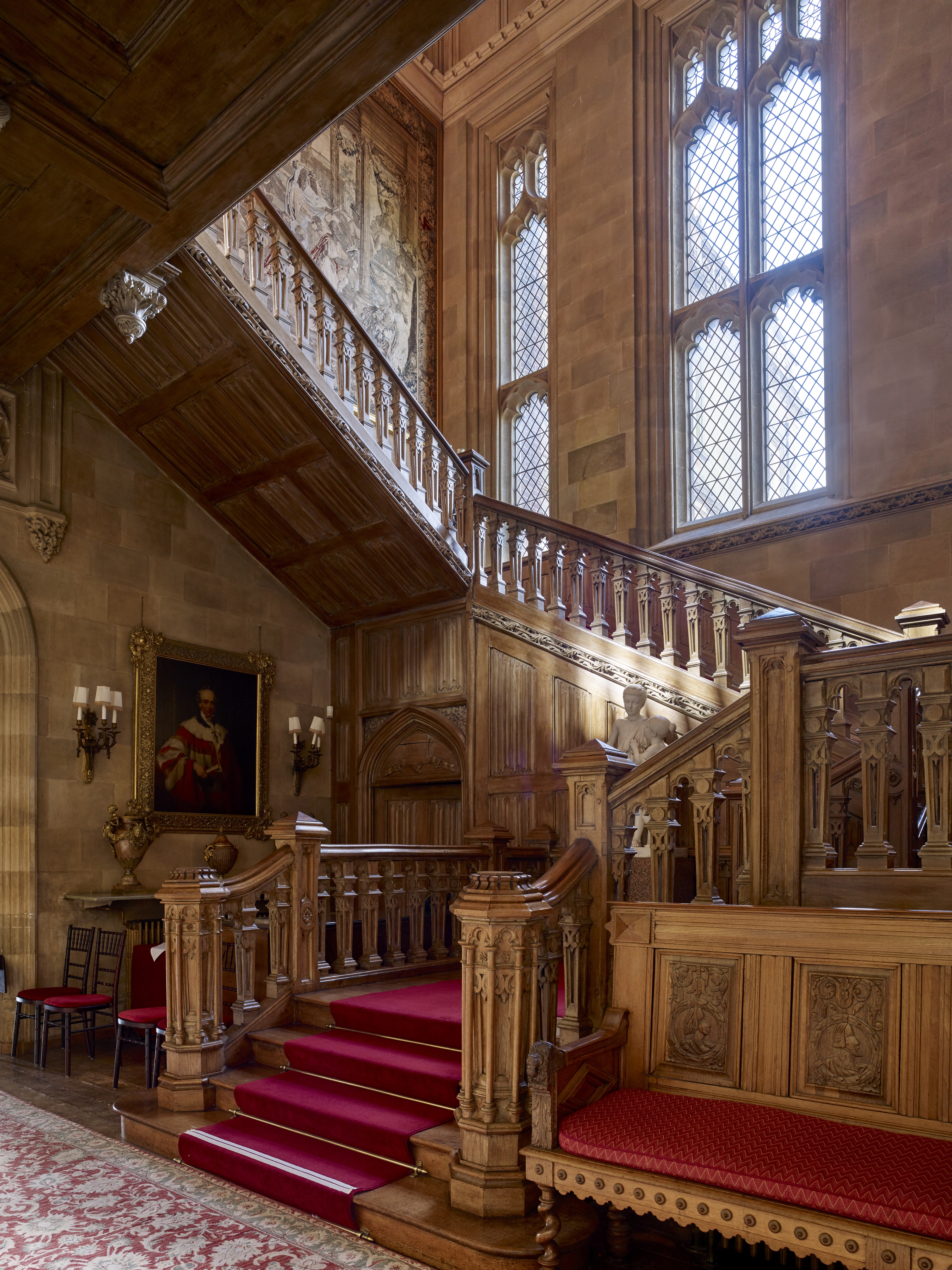
The 1860's main staircase by Thomas Allom, with its bold Elizabethan detailing, rises from the arcade to a first floor gallery and creates a circulation space around the saloon. The stair will be instantly familiar to fans of Sir Julian Fellowes’s drama Downton Abbey.
Kilboy, Co Tipperary, Ireland
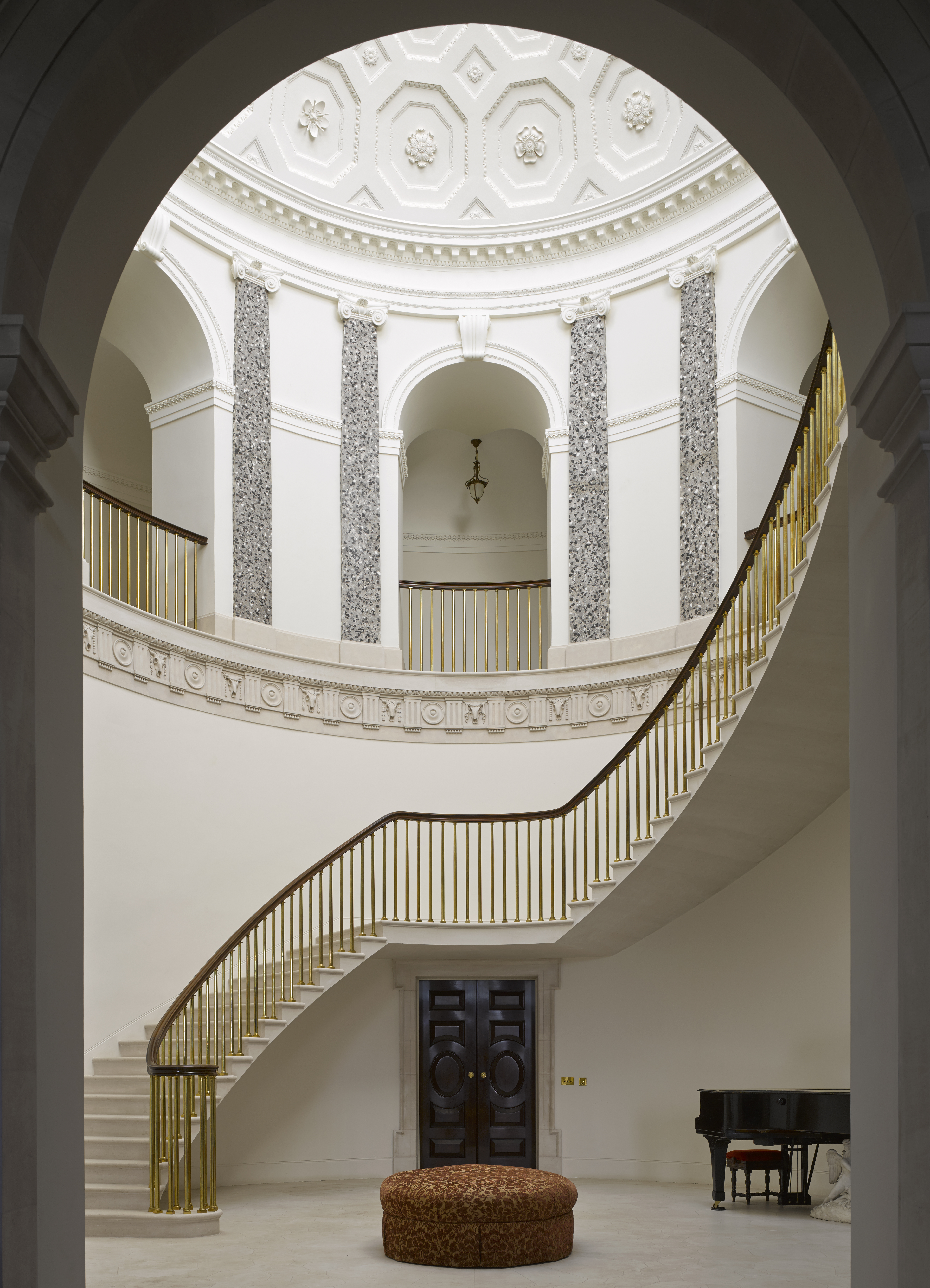
The breathtaking elliptical doomed staircase hall at Kilboy in Co Tipperary in Ireland was inspired by the Pantheon in Rome. Despite its Classical looks, the house was only completed in 2013, designed by Quinlan and Francis Terry.
Exquisite houses, the beauty of Nature, and how to get the most from your life, straight to your inbox.
The Marble Hall, Holkham Hall, Norfolk
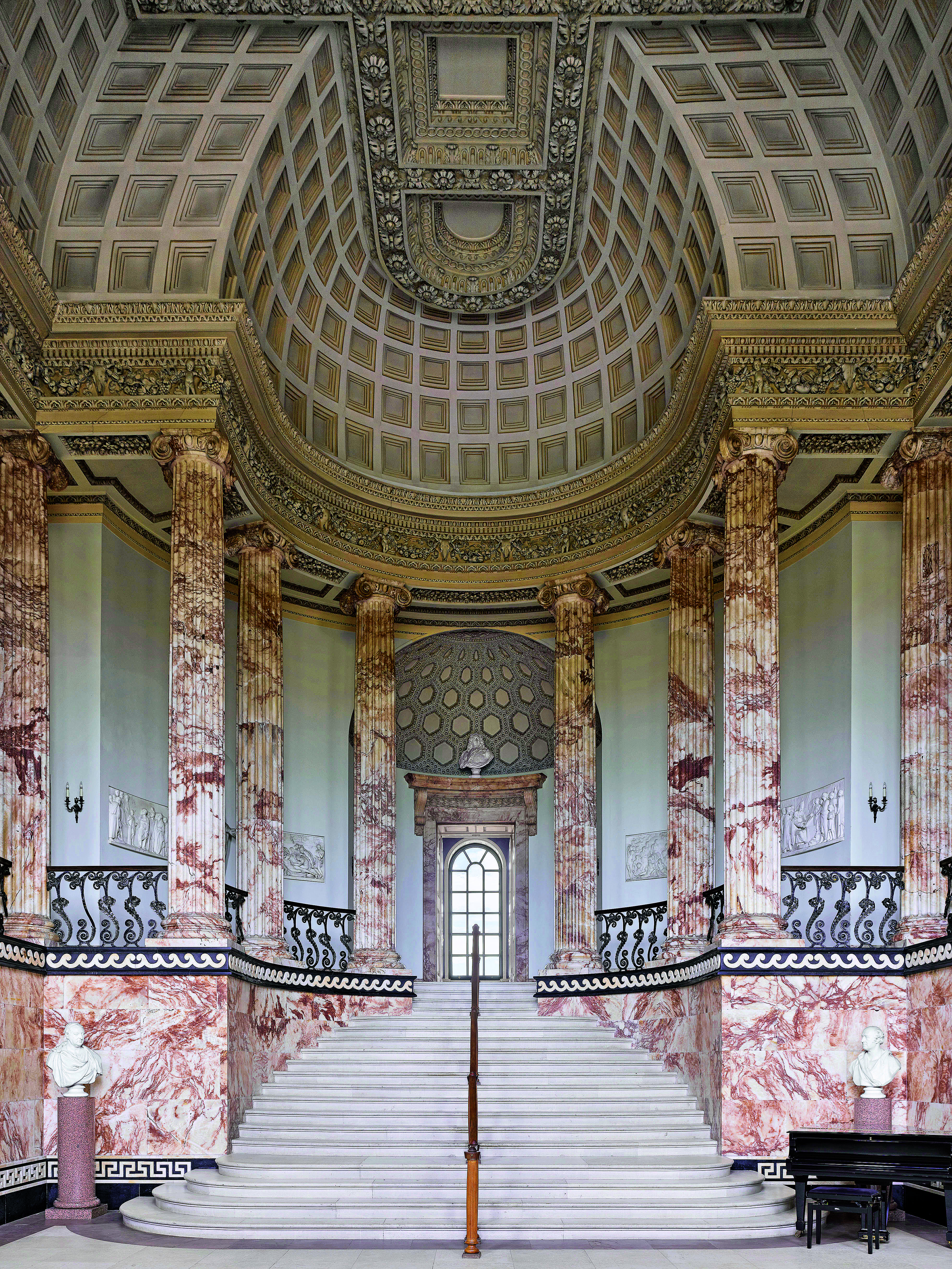
Completed in 1764, the fantastical Marble Hall features a wide, sweeping staircase that leads to the first floor saloon. During a recent visit, Country Life’s Architectural Editor John Goodall observed that the columns and coffered ceiling that encircle the stairs are not actually marble at all, rather Derbyshire alabaster.
The Painted Hall, Old Royal Naval College, Greenwich, London
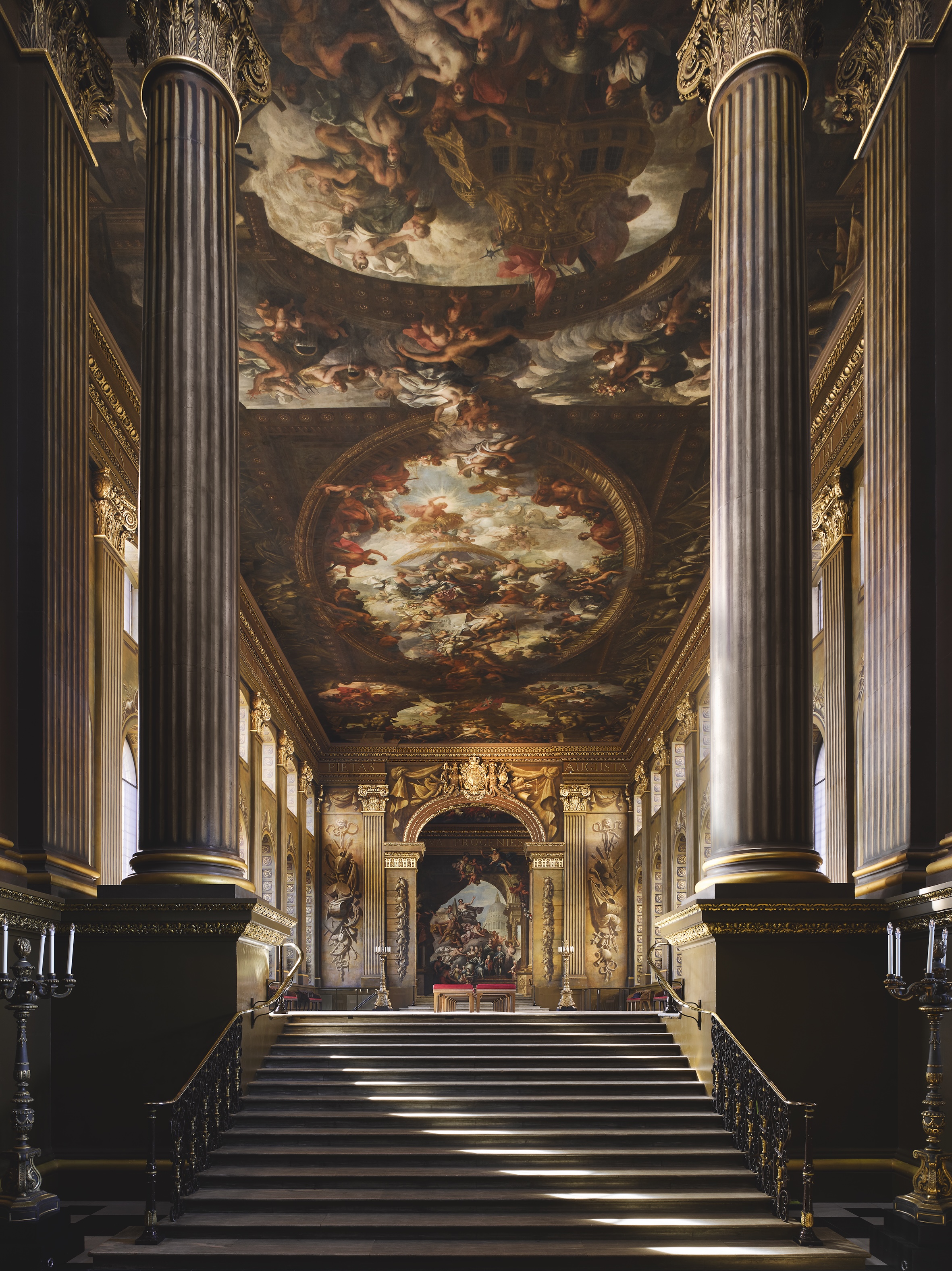
One of the flights of steps that separate the Painted Hall’s three interconnected spaces within the Old Royal Naval College at Greenwich. The eye is, of course, drawn to James Thornhill’s staggering combination of allegory, Classical mythology and portraiture, which in turn herald Britain’s wartime achievement and the glory of the Protestant succession.
Powderham Castle, Exminster, Devon

Work began on the main stair — which occupies half the medieval hall — in 1754, with plasterwork by John Jenkins of Exeter. The stair itself was the creation of Exeter-based joiner James Garret, and was completed in 1756.
Chevening House, Kent
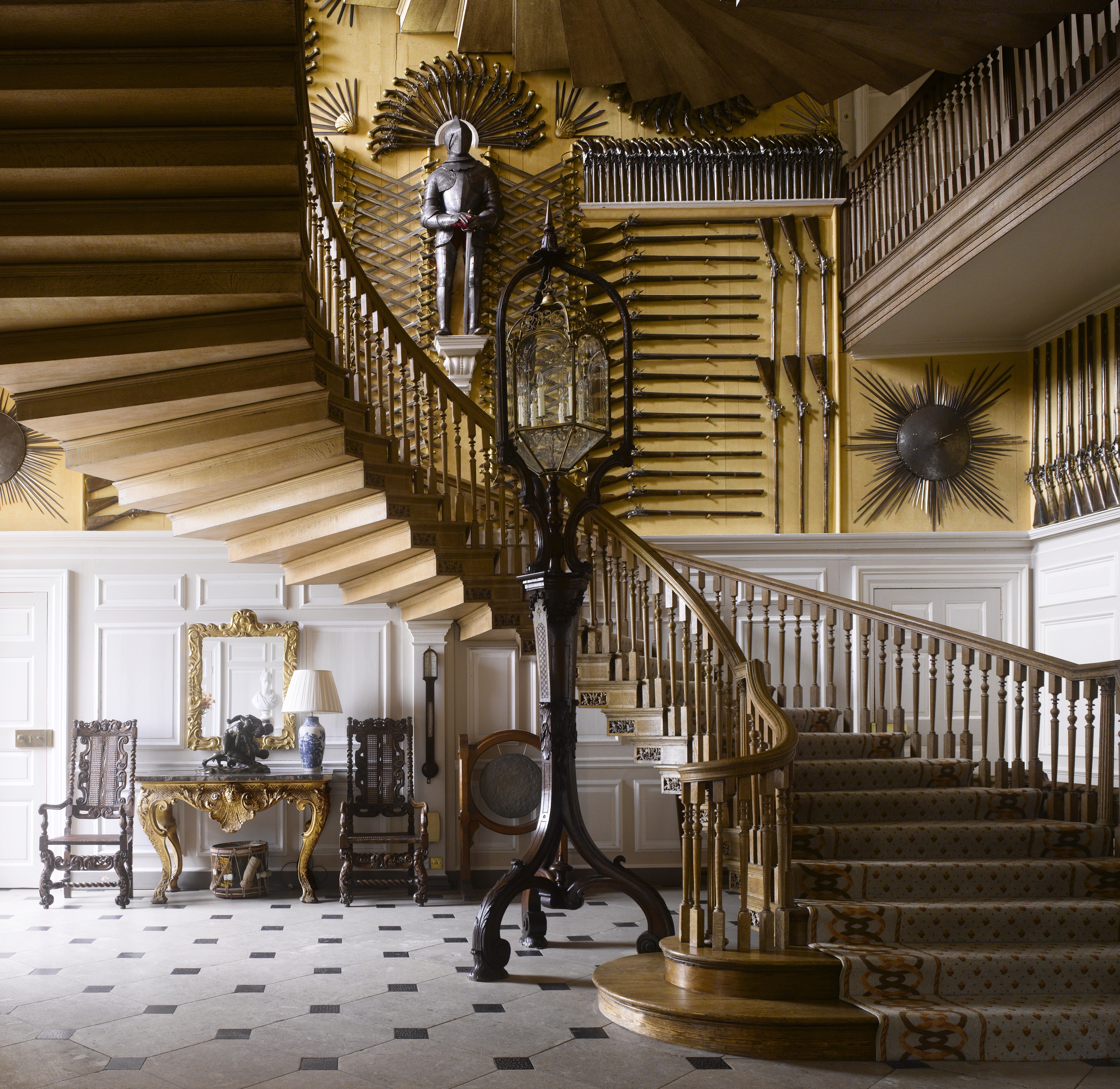
Nicholas Dubois, a Huguenot military engineer, designed the eye-catching staircase at Chevening House, Kent. Now employed as the Grace and Favour home of the Foreign Secretary, the cantilevered stair has witnessed more than its fair share of political intrigue.
The Savile Club, Mayfair, London
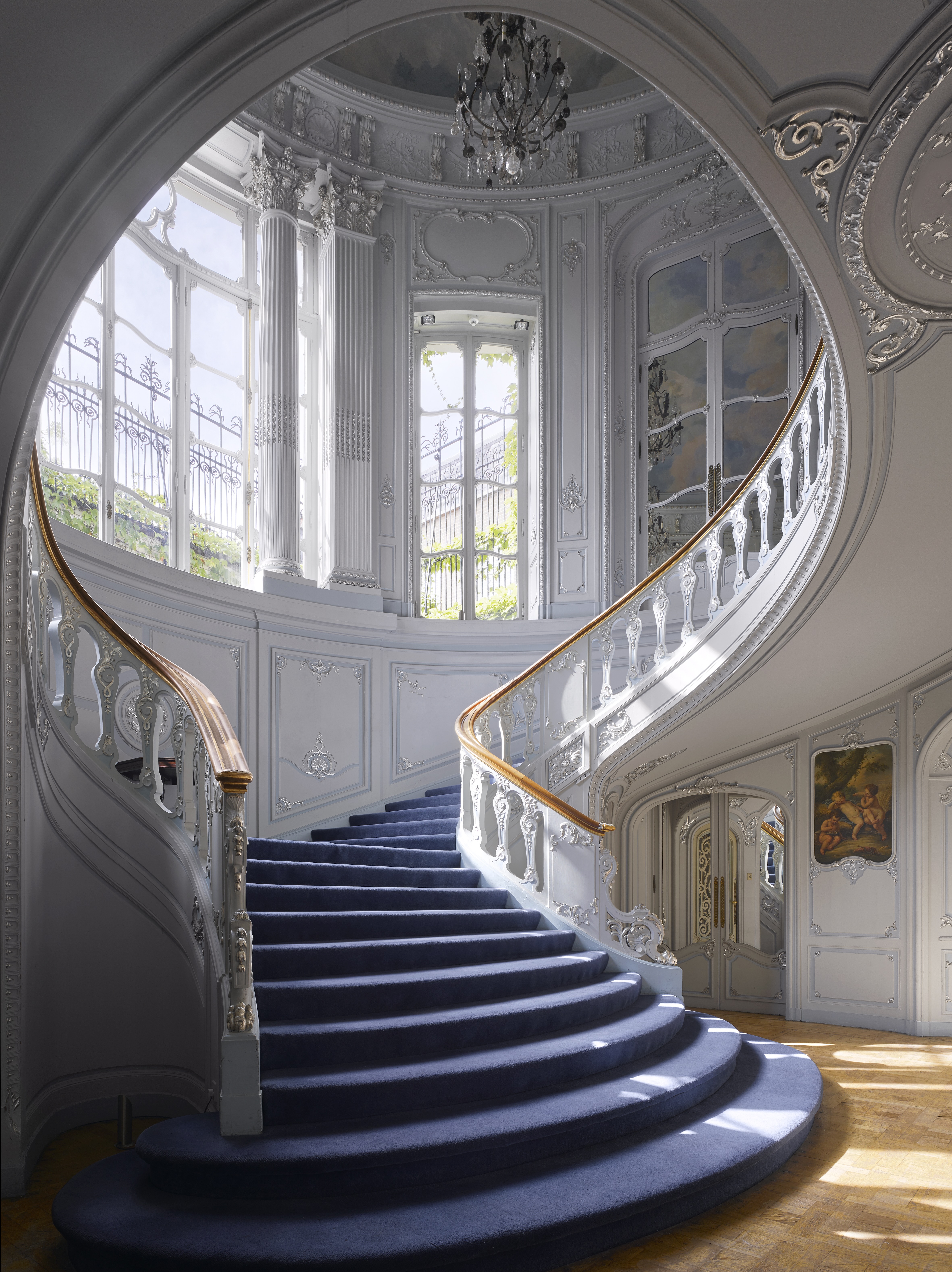
The Ballroom Staircase at London’s Savile Club was considered to be too extravagant in the 1920s, so was duly painted brown to lessen its impact and make it more befitting of a gentleman’s club. Thankfully, its impact was reinstated in white and gold in the 1970s.
The St Pancras London hotel, London
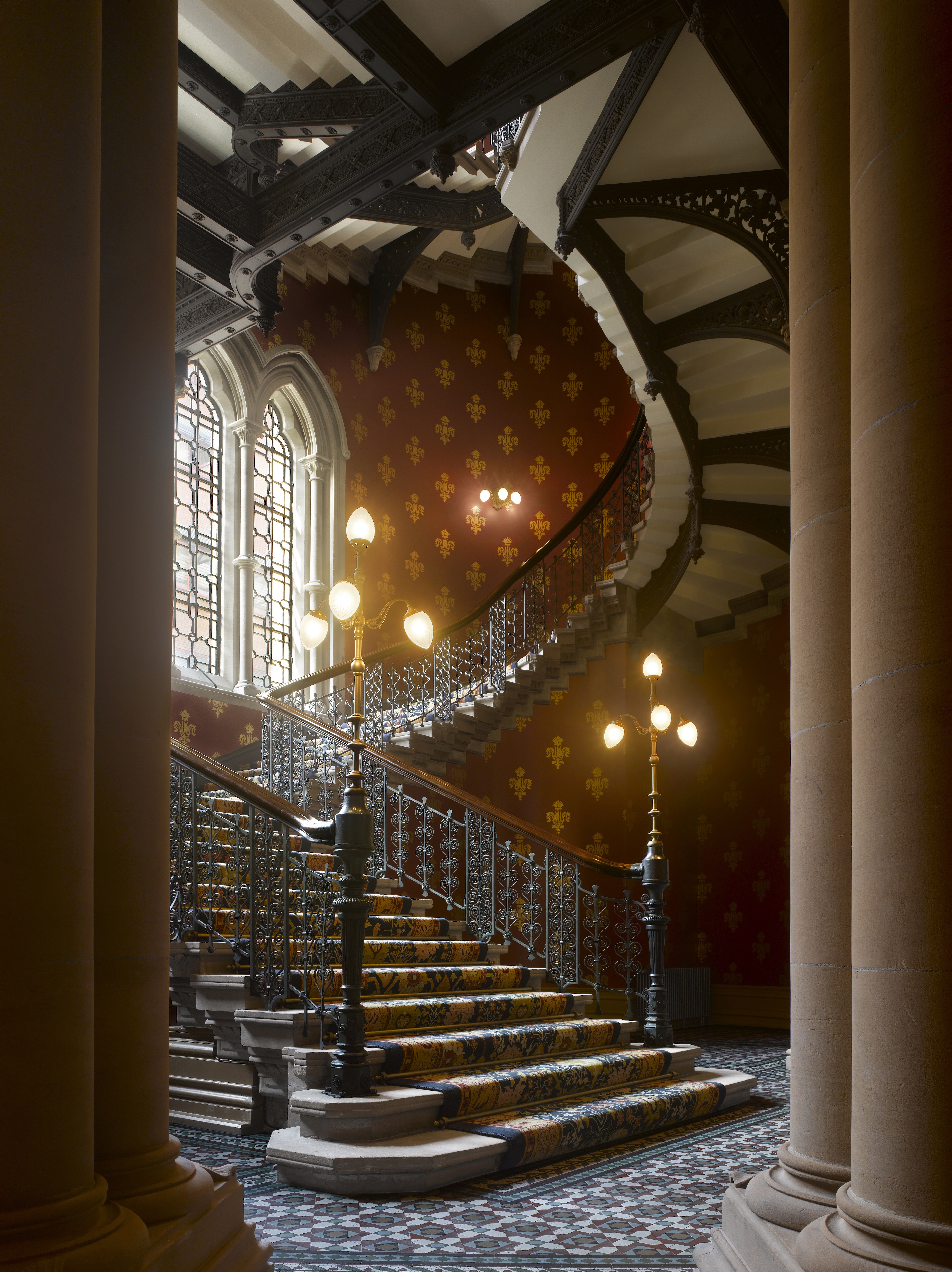
Few hotels have staircases as grand as the one at St Pancras London, which opened in 1876, was designed by George Gilbert Scott. Created in the high-Victorian Gothic Revival style, the staircase is a regular on the silver screen, appearing in Harry Potter and the Chamber of Secrets and The World is Not Enough, among others.
The Country Life Image Archive contains more than 150,000 images documenting British culture and heritage, from 1897 to the present day. An additional 50,000 assets from the historic archive are scheduled to be added this year — with completion expected in Summer 2025. To search and purchase images directly from the Image Archive, please register here
Melanie is a freelance picture editor and writer, and the former Archive Manager at Country Life magazine. She has worked for national and international publications and publishers all her life, covering news, politics, sport, features and everything in between, making her a force to be reckoned with at pub quizzes. She lives and works in rural Ryedale, North Yorkshire, where she enjoys nothing better than tootling around God’s Own County on her bicycle, and possibly, maybe, visiting one or two of the area’s numerous fine cafes and hostelries en route.
